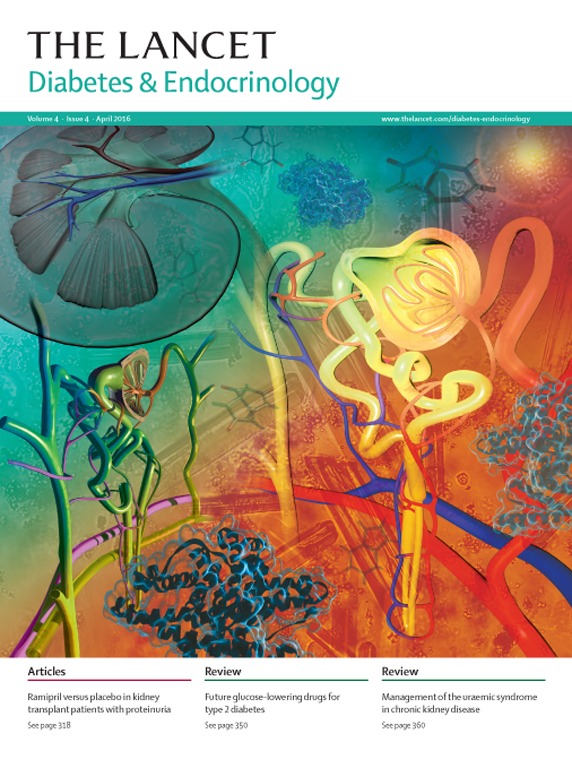
A former Harvard economist and co-founder of a massive repository of free papers in social sciences has been accused of reusing similar material over multiple papers.
The three papers share the same title. According to an investigation by one of the journals, two papers by Michael Jensen, now an emeritus faculty member at Harvard, are “close-to-identical,” while another includes a “substantial amount of overlapping content.” None of the three papers cite the others.
The journal, Business Ethics Quarterly, has added an editorial notice to a 2002 paper by Jensen, noting its similarity to a 2001 paper and another 2001 paper. The notice states an earlier version of the paper was published by Harvard Business School Press. The editor surmises that all three journals were “more or less simultaneously vetting versions of the Jensen article.”
Jensen is the co-founder of the Social Science Research Network (SSRN), a repository of more than 800,000 papers that has been named the “Number 1 Open Access Repository in the World.” SSRN was purchased by Elsevier in 2016.
We spoke with Jensen briefly by phone; he denied submitting the same paper to three journals simultaneously:
Continue reading Famous Harvard economist reused parts of 2002 paper multiple times, says journal
 Six months ago, the media was ablaze with the findings of a new paper, showing that nearly six percent of cancer cases are caused, at least in part, by obesity and diabetes. But this week, the journal retracted that paper — and replaced it with a revised version.
Six months ago, the media was ablaze with the findings of a new paper, showing that nearly six percent of cancer cases are caused, at least in part, by obesity and diabetes. But this week, the journal retracted that paper — and replaced it with a revised version. A leading orthodontics journal has retracted 12 papers after determining that they contained either reused images, questionable data or both. Several of the articles involved experiments conducted in dogs — and one person familiar with the case told us that the duplication was an attempt to avoid sacrificing more animals than necessary for the research.
A leading orthodontics journal has retracted 12 papers after determining that they contained either reused images, questionable data or both. Several of the articles involved experiments conducted in dogs — and one person familiar with the case told us that the duplication was an attempt to avoid sacrificing more animals than necessary for the research.  Even when a paper is obviously flawed, it
Even when a paper is obviously flawed, it 
 The U.S. Office of Research Integrity (ORI)
The U.S. Office of Research Integrity (ORI) 

